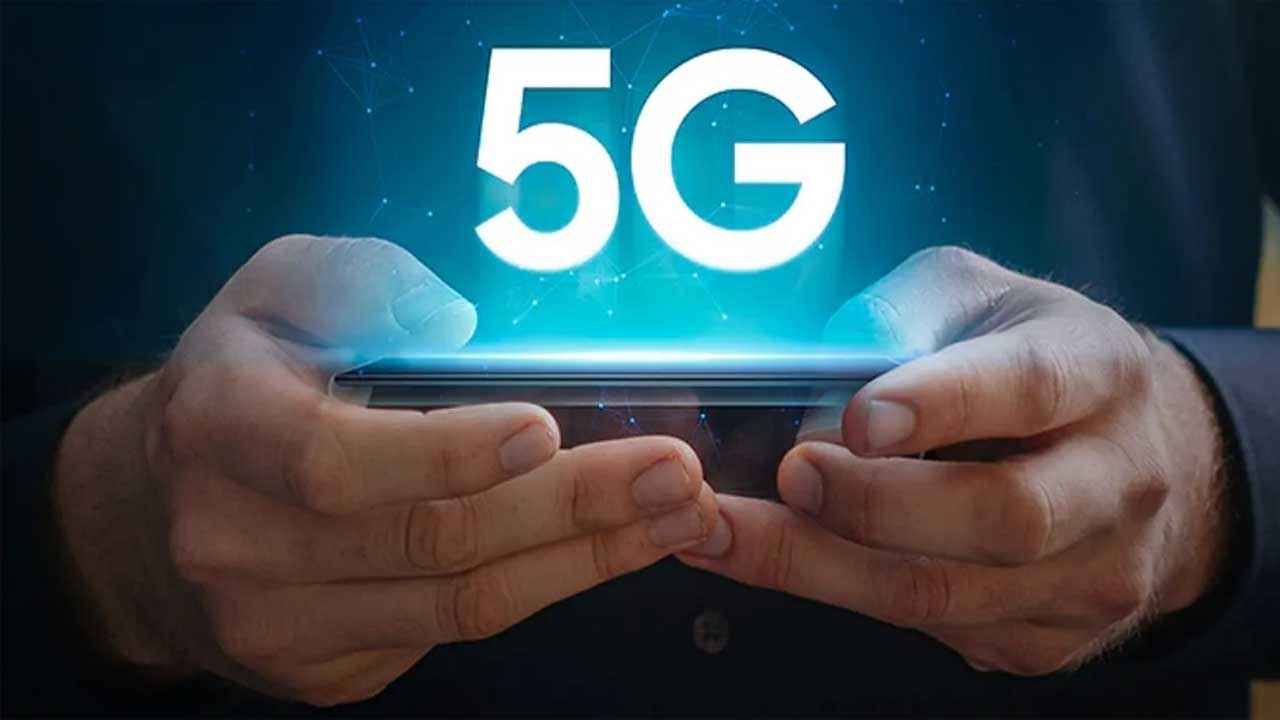

India’s 5G spectrum auction started earlier today and is expected to go on till 6 PM IST. Reliance Jio, Bharti Airtel, Vi (Vodafone Idea) and newcomer Adani Enterprises are in a bid to get a generous piece of 72GHz of airwaves worth Rs 4.3 lakh crore. The 5G auction can also spill over to the next few days but that depends upon the 5G demand and how each bidder positions themselves. Meanwhile, the Department of Telecommunications is expected to get between 70,000 crores to Rs 1 lakh crore from the spectrum auctions. Here’s everything you need to know about India’s first 5G spectrum auction.
The 5G spectrum auction is where the government sells the rights to 5G radiowaves to telecom operators and it is only then that these telecos can transmit 5G signals that will enable 5G connectivity in India.
The 5G spectrum auction in India started on July 26 at 10 AM IST and will go on until 6 PM IST. Looking at the response and 5G demand, the 5G spectrum auction can spill over to the next few days.
The 5G spectrum auctions are being held in India with 5G networks set to launch later this year. The exact dates are unknown but Jio and Airtel are likely to deploy 5G connectivity by the end of the year.
The 5G spectrum auction in India is being held for different low, mid and high-frequency bands.
Low: 600 MHz, 700 MHz, 800 MHz, 900 MHz, 1800 MHz, 2100 MHz, 2300 MHz
Mid: 3300 MHz
High: 26 GHz
5G is the latest fifth-generation cellular connectivity that succeeds the 4G networks. The 5G networks have high-speed internet connectivity with download speeds reaching 10Gbps and offer increased bandwidth in addition to several advanced use cases such as developments in IoT, AI-enabled interfaces and more.
5G networks are all set to usher in the next generation of cellular connectivity that enables faster download speeds, high throughput, increased bandwidth and low latency as low as 1ms. The low-frequency bands offer by far the most range possible for a 5G network but aren’t as fast as the mid and high bands. In India, most 5G phones sold in the last few years support bands in the mid-frequency range and some also support high-frequency bands.